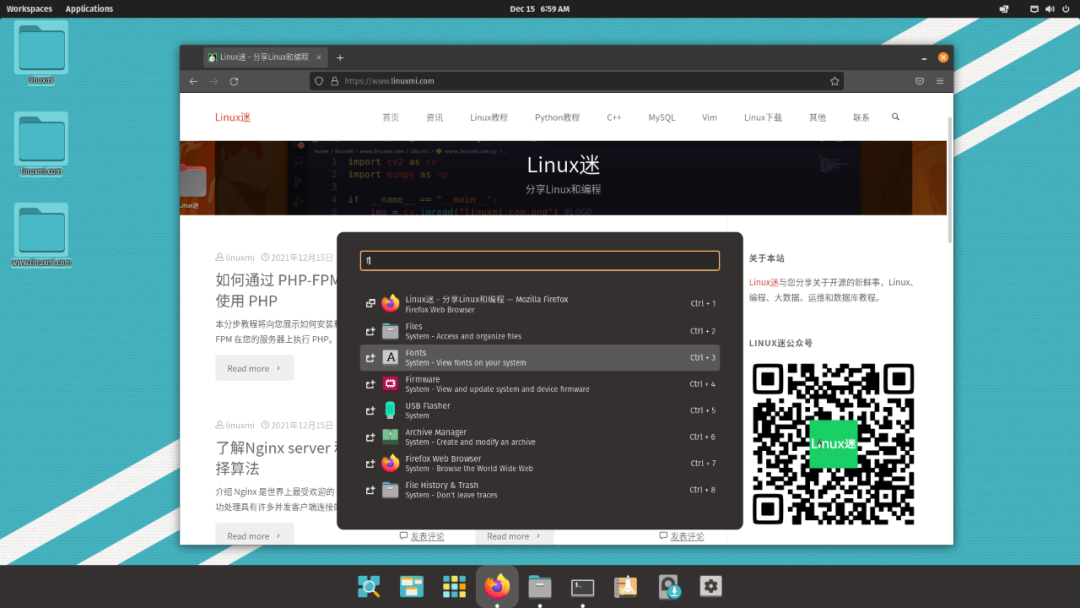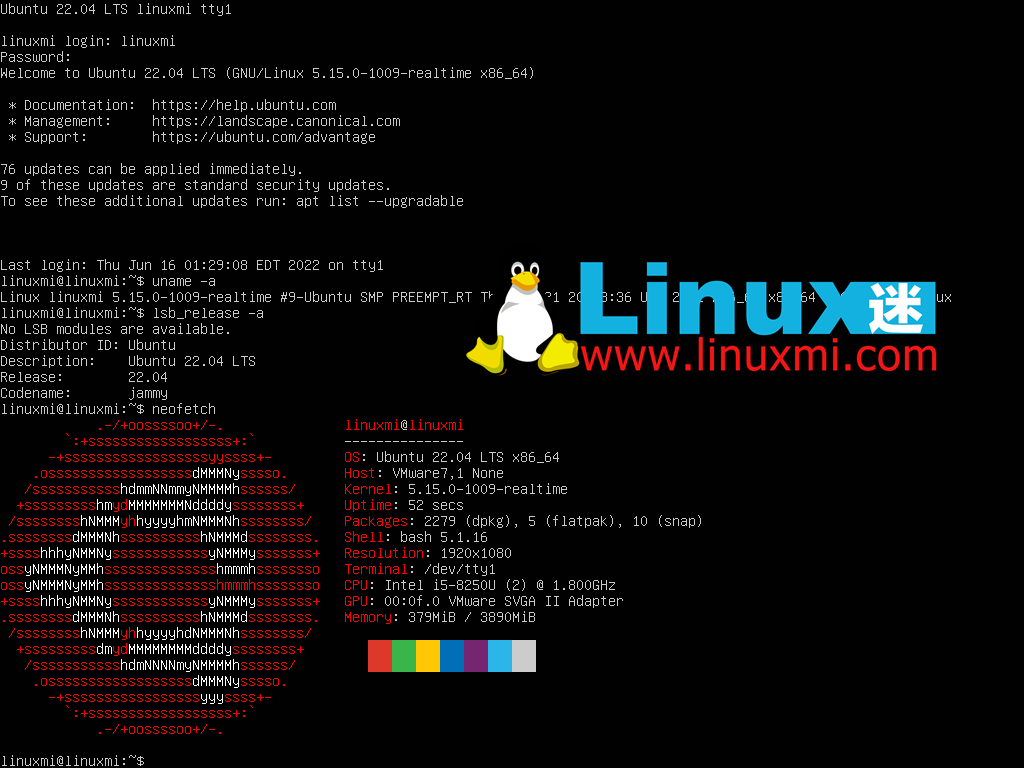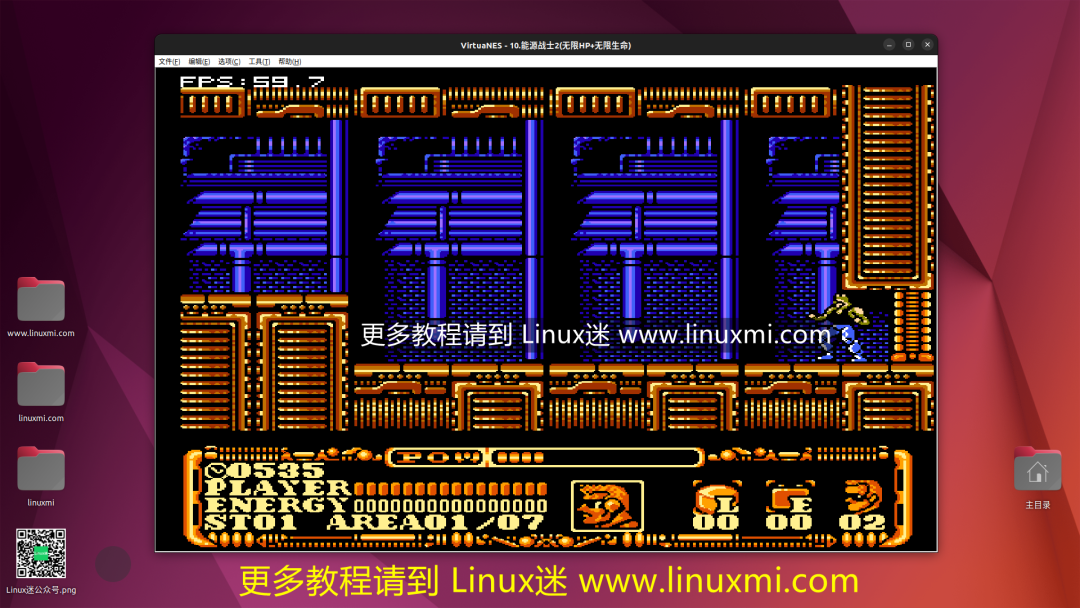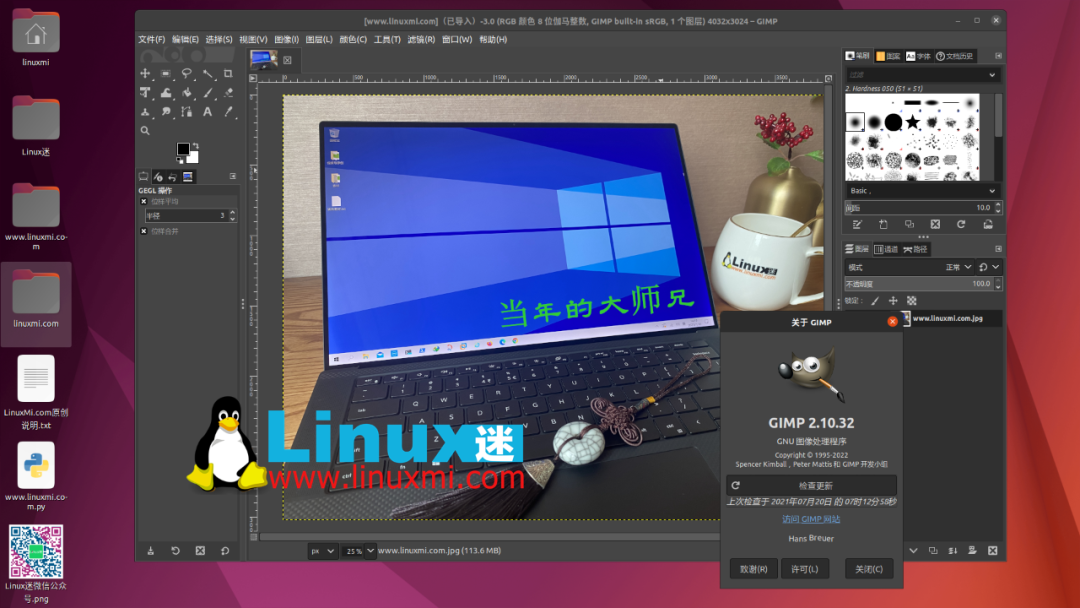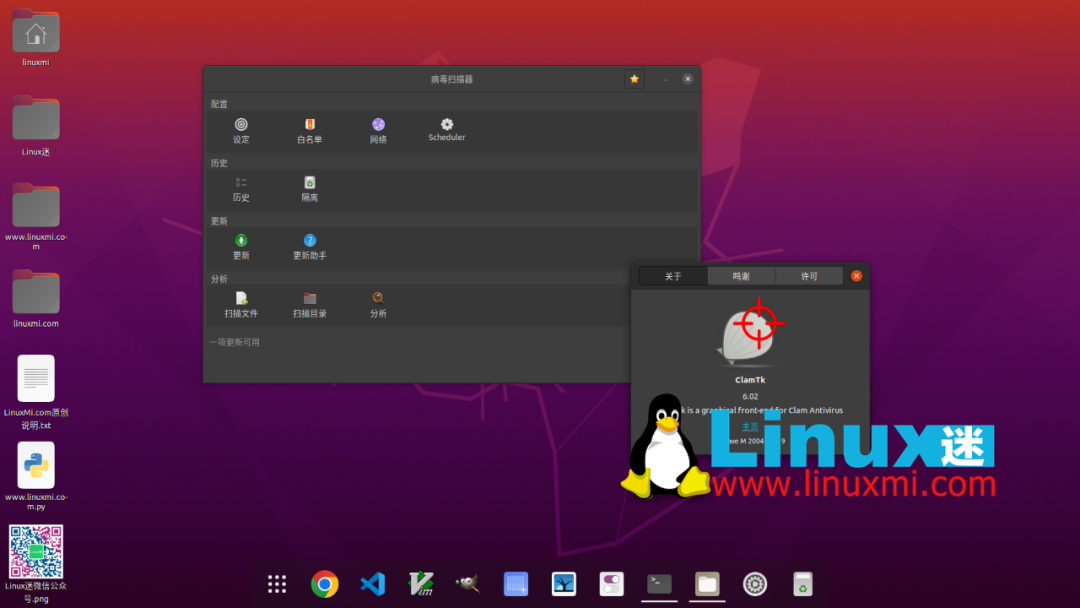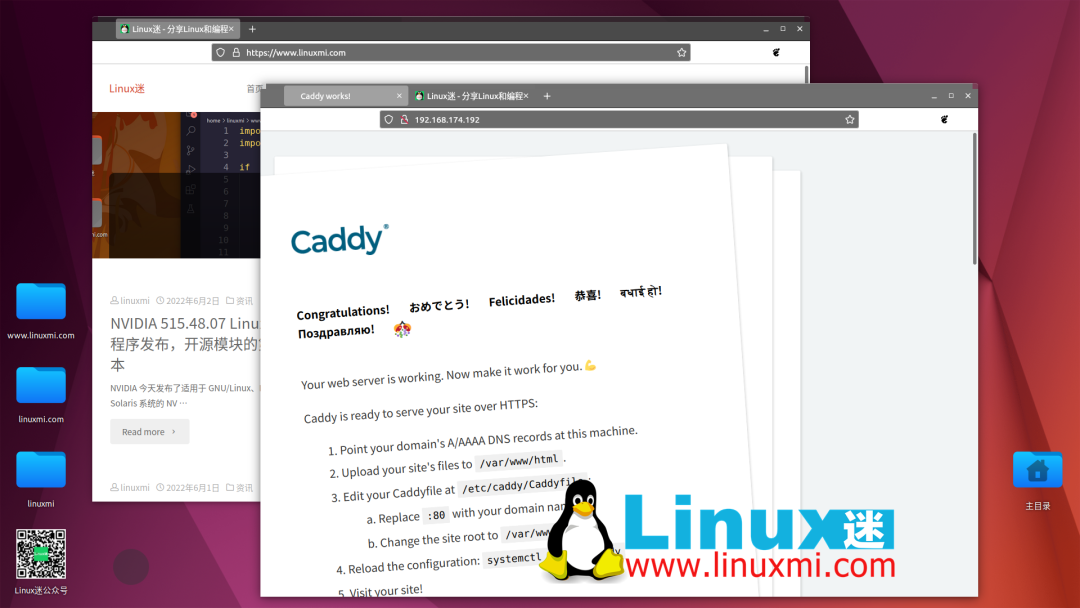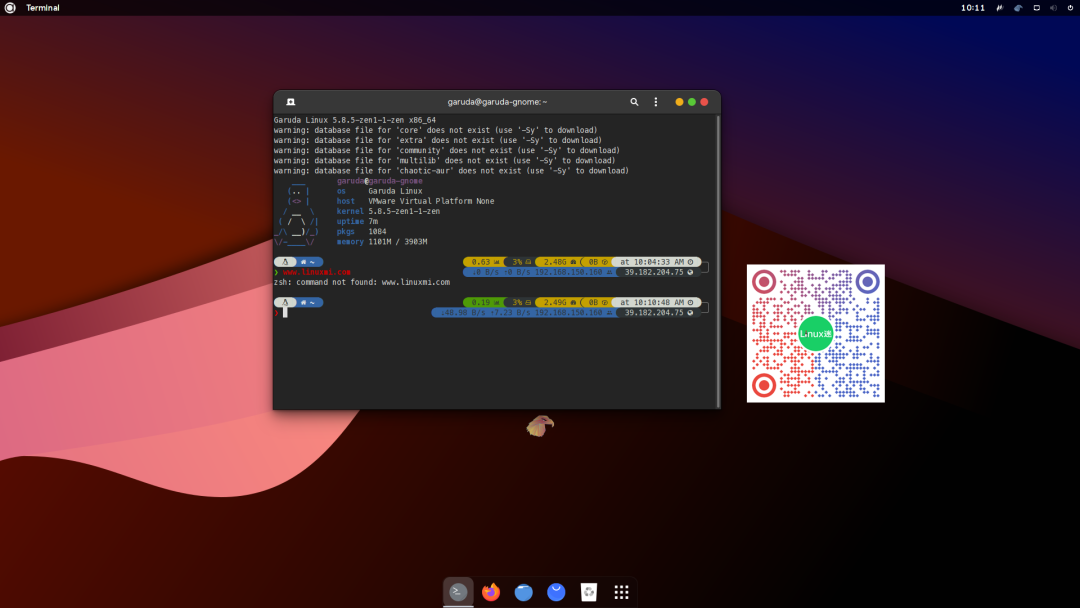Click the blue word above ● Follow Linux Commune
Linux distributions are powerful, reliable, and easy to use, but there are too many misconceptions about Linux on the Internet.
The internet is full of myths (or untruths) about almost everything, and is full of people ready to preach such misconceptions. If you regularly read about Linux in some online forum, chances are you have come across some well-known Linux myths.
Here are some myths about Linux that have spread like wildfire across the Internet.
1. Linux is for developers and coders only
The history of Linux has always been closely related to programmers, and even today, most of the people who contribute to the project are software developers. This is why most ordinary desktop users think that Linux is reserved for computer users with a technical background.
In fact, most of the standard utilities and packages that come preinstalled on Linux distributions are related to software development, but almost every distribution these days is starting to add applications for a public completely uninterested in writing code.
Most people don't realize that Linux has become an integral part of their daily lives. Anyone who browses a website over the Internet, or uses an Android smartphone, uses Linux, in the form of a web server and an operating system customized for handheld devices.
Indirect Linux usage aside, you can even install a beginner-friendly Linux distribution on your computer if you want. You don't need to be a programmer or tech geek to learn how to use it. What is needed is a strong willingness to learn and perseverance.
Related: 10 Best Linux Distros for Beginners in 2022 https://www.linuxmi.com/2022-10-top-linux.html
2. You must master the command line to use Linux
The command line or terminal is inherent in Linux distributions, and that has been the case since the beginning. When Linus started developing Linux, computers weren't powerful enough to support a graphical user interface, and the command line was essential for anyone who wanted to interact with the system.
Fast forward to now, the term "desktop" to refer to a GUI is often used as a substitute for "computer", and the two terms combined have completely different meanings. Aside from the underlying desktop environment, machines can now run resource-intensive games without much use of the command line for the average user.
You don't need to use the terminal or type a command at all on a Linux distribution to get out of the woods if you want. There may be times when you need to troubleshoot a problem and it may require you to enter commands in the shell, but don't worry, most help is available online. All you need to do is copy and paste the command into your terminal and you are good to go.
Related: Why the command line is so important in the Linux ecosystem https://www.linuxmi.com/linux-command-line-important.html
3. Linux is not suitable for gaming
Even today, gaming is a well-known application area that Linux should lack. But this is no longer the case. Linux distributions are making inroads in gaming, and you can now think of Linux as an operating system for gamers.
Native Linux games like CS:GO are known to perform better on Linux than on other operating systems, including Windows. It's pretty clear that Linux might actually have a chance to outperform Windows if game developers start developing natively for Linux.
However, this is not the case yet. Multiplayer support for many games still doesn't work on Linux because the Linux architecture doesn't allow kernel-level access to anti-cheat software. But that might change soon, considering how much gaming on Linux has accomplished.
Related: Wine 7.8 Implements Driver Enhancements, Plays More Windows Games on Linux https://www.linuxmi.com/wine-7-8.html
4. It’s hard to find apps for Linux
Windows users enjoy native support for advanced applications such as Adobe Photoshop, Microsoft Office, and more.
On the other hand, such proprietary software companies do not provide software support for Linux-based operating systems. This leads a lot of users to think that Linux doesn't have many applications, and if they switch to Linux, they might miss out on some golden programs. However, this is completely untrue.
Linux has at least as many applications as Windows, if not more. They may not be that prestigious or well-known in the public, but they get the job done. To name a few, Linux uses GIMP as a replacement for Adobe Photoshop and the LibreOffice suite as a replacement for Microsoft Office.
-
GIMP 2.10.32 released https://www.linuxmi.com/gimp-2-10-32.html
-
LibreOffice 7.3.5 office suite released https://www.linuxmi.com/libreoffice-7-3-5.html
5. Linux will not be infected by viruses
"If you use Linux, you won't get viruses or malware." This Linux myth has been around the Internet since time immemorial. However, the longevity of this claim does not mean it is accurate.
It is entirely possible to infect a Linux system. But the fact that Linux is only a small part of the desktop operating system market means that attackers are less likely to develop malware for Linux because the profit margins are low. In fact, you don't even need an antivirus or firewall on a desktop Linux system.
This is because most Linux antivirus software typically checks for Windows-related malware so that you don't share infected files with other systems. Also, because of the way permissions work on Linux, it is much more secure than other operating systems.
Related: 6 Reasons Why Linux Doesn't Need Antivirus or Firewall https://www.linuxmi.com/linux-not-use-anti-virus-software-or-firewall.html
6. Linux is only used on servers
Many long-time Windows users have the impression that Linux is only for servers, and if it were a desktop OS, it would stand out like Windows or macOS. Although Linux was originally created by Linus Torvalds as a desktop operating system, it is more dominant in the server world due to its underlying architecture.
In addition to running on servers, Linux powers desktop computers, smartphones, embedded devices, and even supercomputers. Most of the smart appliances you use in your home most likely use Linux in the background.
7. Linux is too fragmented
There are thousands of Linux distributions available, each with a different set of software, user interfaces, and unique ways of managing packages. All of this might lead you to think that the Linux world is fragmented, or at least unmanaged.
But this apparent weakness is actually a strength of Linux. The availability of many different options gives you a choice. You can choose the operating system you want to use, install the desktop environment that suits you, and use a package manager that is easier to learn. These choices are usually already made for you on other operating systems such as Windows or macOS.
That's not all. Linux may seem fragmented to you, but only from a distance. If you learn more about operating systems, you'll find more similarities than differences between different distributions.
There are only a few parent release families from which other releases can be created. Each of these Linux distribution families has its own unique package manager, which means choosing one that suits your needs will filter out almost 80% of the available distributions.
However, packaging systems such as Snap and Flatpak are available, which are distro-agnostic and run on any Linux-based operating system, provided you have the correct software.
Related: Install Flatpak Tutorial in Linux Systems https://www.linuxmi.com/linux-flatpak.html
To better debunk Linux myths
Linux myths have been circulating on the Internet for a long time. Many of these misconceptions keep people away from trying Linux-based operating systems on their computers. So it's important to get better at busting these myths.
Now that you know these myths, if you finally want to try Linux, you can start with two distributions, Ubuntu and Manjaro Linux. But which one is right for Linux beginners, and which one should you choose for your desktop?
From: Linux fans
Link: https://www.linuxmi.com/linux-7-myths.html
Long press or scan the QR code below to follow
Linux Commune

Follow
Linux Commune, add "
star
"
Get technical dry goods
every day
, let us grow together
Cooperation contact:
[email protected]
